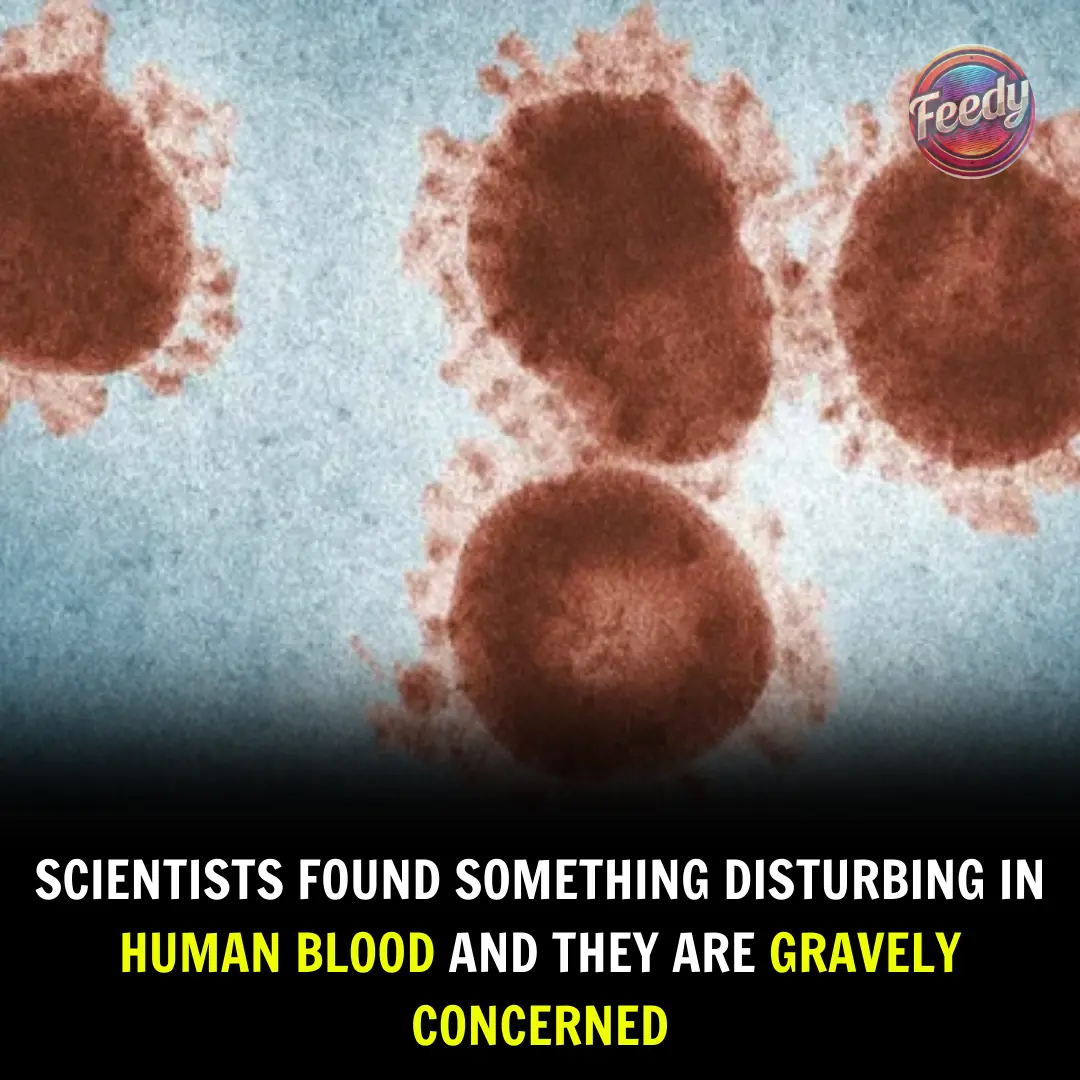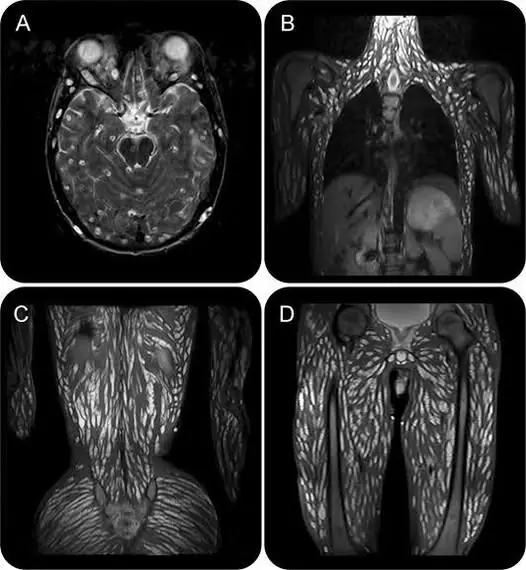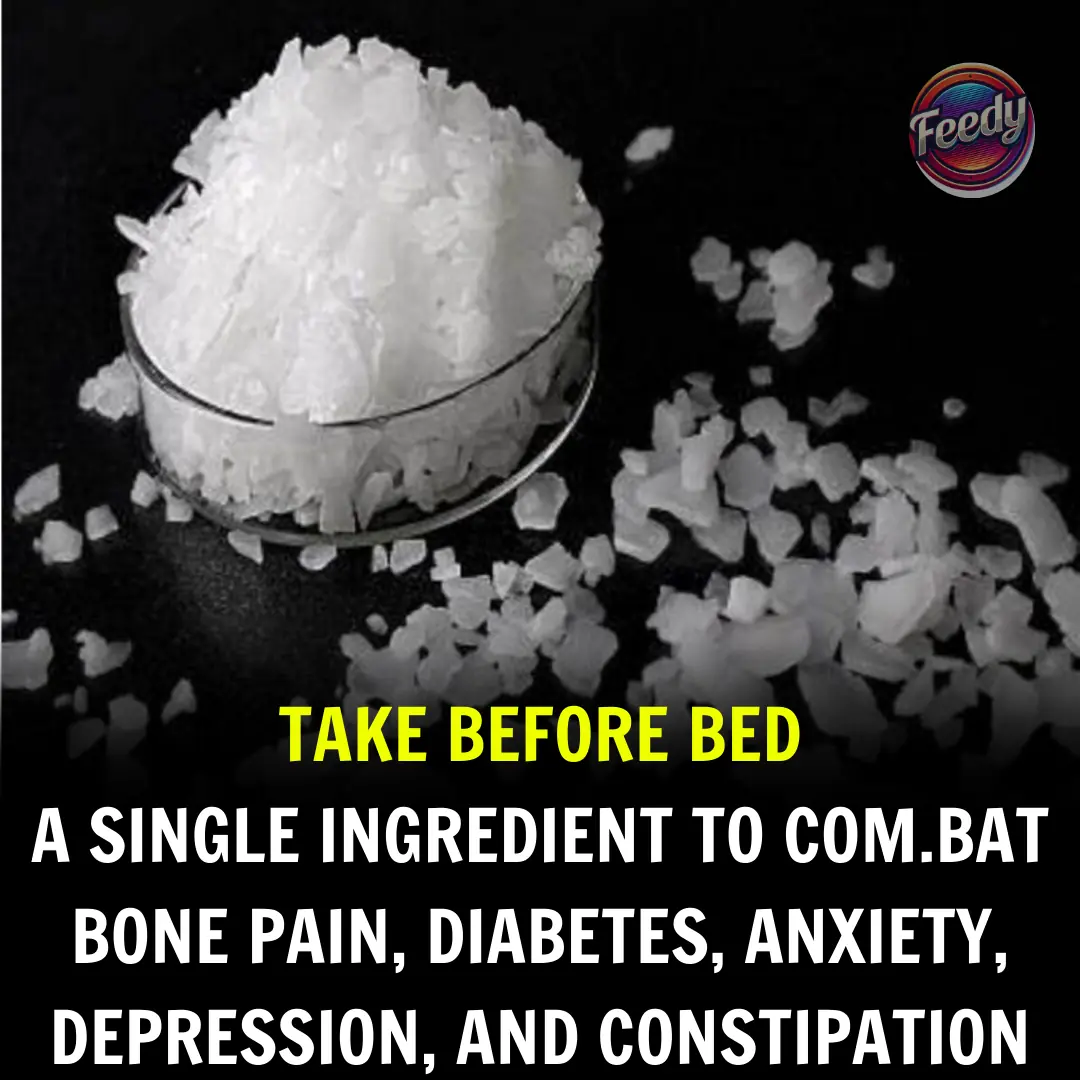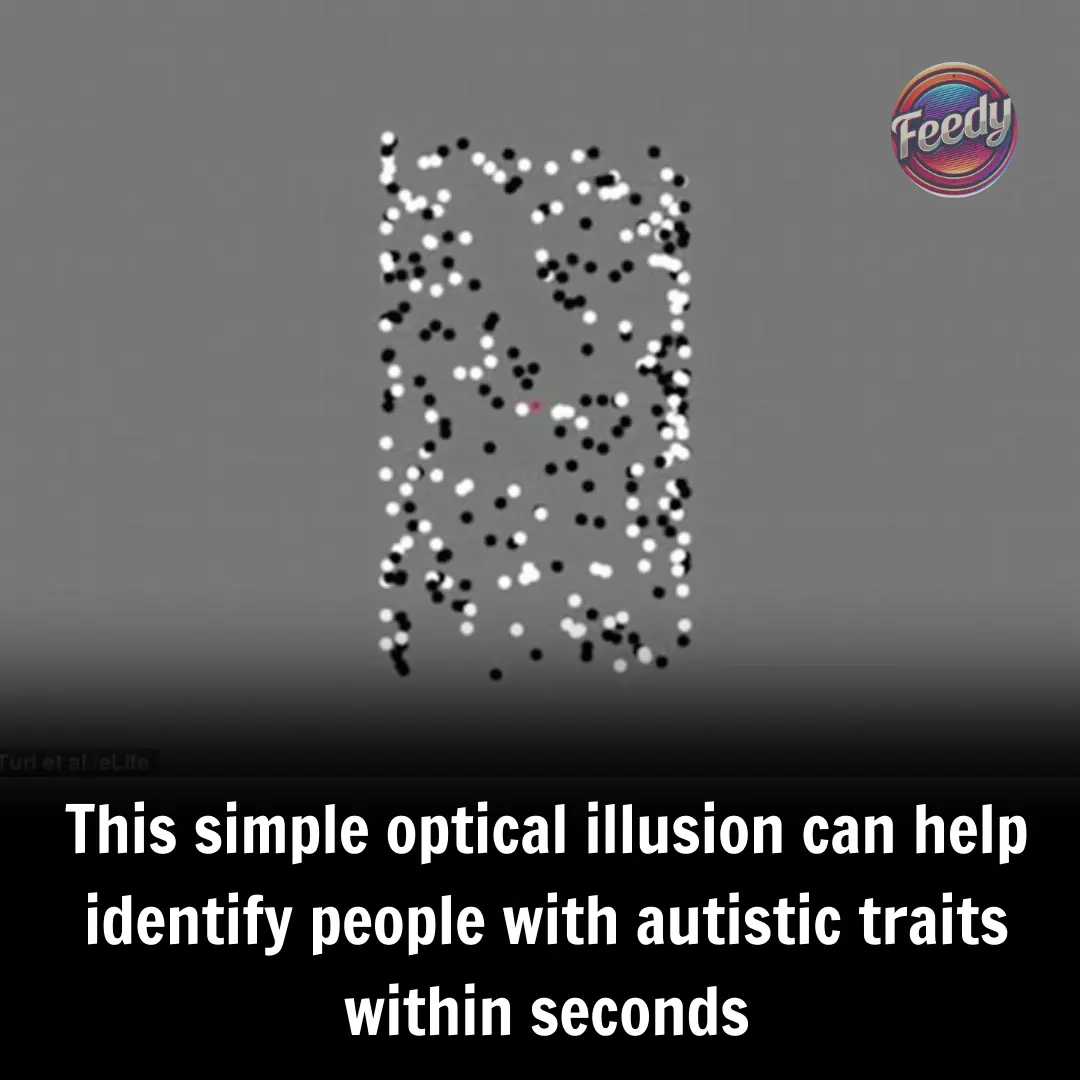
The Hidden Link Between Air Pollution, Alzheimer’s, and Cancer — And the Dust in Your Home

Air pollution is a recognized health hazard, commonly associated with lung diseases, heart problems, and even early death. But what’s rarely discussed is its link to Alzheimer’s disease and certain types of cancer. Surprisingly, the dust collecting inside our homes may play a critical role in this dangerous connection.
What’s Really in Your House Dust?
Dust is more than just dirt. It’s a complex mixture of particles from clothes, furniture, human and pet hair, dead skin cells, and outdoor pollutants that sneak in through windows, doors, and on shoes.
According to Dr. Paloma Beamer from the University of Arizona, about one-third of household dust originates from indoor sources, while two-thirds come from outside — including soil and airborne particles. That means the dust in your home may carry a host of toxic chemicals you’re not even aware of.
Dust Chemicals That Could Be Harming You
A review published in Environmental Science & Technology uncovered disturbing facts. Indoor dust often contains:
-
Phthalates: Found in plastics, these disrupt hormones, reduce IQ in children, and affect respiratory health.
-
Highly fluorinated chemicals (HFCs): Present in furniture, carpets, and food packaging — these are linked to testicular and kidney cancers.
These chemicals become airborne or settle on surfaces, making it easy to inhale or ingest them without realizing it.
Dust and the Brain: Alzheimer’s Disease Connection
A groundbreaking study at Mount Sinai Hospital explored how toxic dust — like that from the World Trade Center collapse — affects brain health. In animal models, exposure to this dust worsened cognitive decline in subjects predisposed to Alzheimer’s.
Dr. Giulio Maria Pasinetti, senior author of the study, emphasized the need to understand long-term Alzheimer’s risk among first responders exposed to Ground Zero. The findings suggest that prolonged exposure to particulate matter — even in household dust — can trigger or accelerate neurodegenerative conditions.
USC Study: Air Pollution and Alzheimer’s-like Brain Changes
In 2019, researchers at the University of Southern California studied nearly 1,000 women aged 73–87. The results were alarming: those exposed to higher levels of fine particle pollution (PM2.5) had greater memory decline and brain atrophy resembling Alzheimer’s disease.
Using advanced brain scans, the team linked air pollution exposure to physical brain changes — even after accounting for lifestyle, location, education, and income. The study made it clear: air pollution is more than an environmental issue — it’s a neurological threat.
Magnetite Particles and Early-Onset Alzheimer’s: UTS Findings
Scientists at the University of Technology Sydney discovered that magnetite — a tiny iron compound in air pollution — may directly trigger Alzheimer’s symptoms. Their lab tests revealed that long-term exposure to magnetite and diesel particles in mice caused:
-
Brain cell loss
-
Amyloid plaque buildup
-
Inflammation and oxidative stress
-
Behavioral changes resembling dementia
These particles can enter the brain via the nasal passage, bypassing the body’s natural defenses. The researchers call for urgent attention from health authorities and stricter pollution controls to address this invisible danger.
How to Reduce Dust Risks in Your Home
While you can’t control the air outside, you can reduce the amount of harmful dust inside your home. Here's how:
-
Vacuum frequently using HEPA filters
-
Dust with damp cloths to trap particles
-
Control humidity with a dehumidifier (ideal range: 30–50%)
-
Wash bedding and curtains regularly
-
Use air purifiers with HEPA technology
-
Take off shoes before entering the house
-
Ventilate rooms by opening windows and using exhaust fans
These small steps can significantly lower your exposure to toxic dust and protect your brain, lungs, and overall health.
Final Thoughts
The connection between air pollution, Alzheimer’s disease, and cancer isn’t just scientific theory — it’s an emerging reality backed by growing research. And it begins with something as seemingly harmless as dust.
Understanding what’s floating in your home and taking simple steps to reduce it could help you and your loved ones avoid long-term health consequences. Clean air starts at home — and it might just save your mind and your life.
News in the same category


Heart Surgeon Reveals 4 Foods You Should ‘Always Avoid’ That Will ‘Poison’ Your Body

Effects of music on cancer cells: what the science says.

These 5 Popular Drinks Are Slowly Damaging Your Kidneys — Are You Still Drinking Them?

Doctors Gave Up, But a Woman Recovered from Cancer by Drinking Ginger and Honey

Panic Attacks And Anxiety Have Been Linked To Certain Vitamin And Mineral Deficiencies

The Hidden Danger in Your Pork: What You Need to Know Before You Eat!

Doctor Warns of SKIN CANCER From MOLES That Spread Rapidly: If You Have 1 of These 11 Signs, Get Checked Immediately

8 Unexpected Signs You Could Be Lactose Intolerant

Is Drinking Water First Thing in the Morning Beneficial?

Don’t Throw Away Damaged Tomatoes

Remember: The kitchen is closely linked to your health!

17-Year-Old Girl Hospitalized with Kidney Failure, Must Undergo Dialysis for Life: Doctors Warn Against 3 Common Habits Among Youth

Plant in the Bible Said to Heal All Ailments

A Vegetable as Powerful as a "Miracle Herb" — A Natural Enemy of Cancer That Grows Freely in Gardens, Yet Many Overlook It

A 36-year-old teacher passed away from diabetes despite not liking sweets — doctor says it's due to 4 of her favorite foods.

Doctor issues urgent vape warning after 17-year-old develops irreversible 'popcorn lung' from popular habit

46-Year-Old Star Shares a Super Easy Anti-Aging Meal: “I’ve Maintained It for 19 Years”

This One Superfood Could Tackle Major Health Issues—Here’s What You Need To Know
News Post

This optical illusion may help identify autistic traits in seconds

This is my preferred way

Julia Roberts Gave Birth to Twins at 37 — Pics of Her ‘Beautiful’ Teens Who Look like Her Husband

ABC Cubes For Flawless Skin

Scientists Grow First Fully Formed Tooth In Lab — A Groundbreaking Breakthrough

Fermented Rice Water & Cloves Scalp Treatment

Top 10 Hydrating Serums for Dry Skin Trusted by Experts and Beauty Enthusiasts

Amazing uses of vaseline for skin

Unlock the Power of Vaseline: 16 Beauty Benefits & Smart Precautions

WE SENT MONEY FOR OUR SON TO PAY FOR COLLEGE – ONE DAY, WE DISCOVERED HE WASN’T EVEN ENROLLED AND WAS LIVING IN AN OLD TRAILER.

5 Baking Soda Uses for Face & Skin – Natural Beauty Secrets You Shouldn’t Miss

20 Great Uses of Vaseline Which You Probably Don’t Know

Unlock the power of Vaseline & Lemon

✨ Castor Oil Home Remedies: Unlock the Power of Nature for Your Beauty Routine ✨

I WAS THE ONLY ONE WHO ATTENDED MY GRANDMOTHER’S BIRTHDAY LUNCH – AFTER SEEING HER TEARS, I DECIDED TO TEACH MY FAMILY A LESSON

The Best Ways to Use Vaseline: A Complete Guide for Beauty & Skincare

Rub This Slice On Face To Get Spotless Skin

My Husband’s Cousin Came to Stay with Us Temporarily with Her Son – If Only I Had Known It Was All a Trap.

Restaurant Owner Disguises Himself as a Homeless Man to Choose His Heir.
